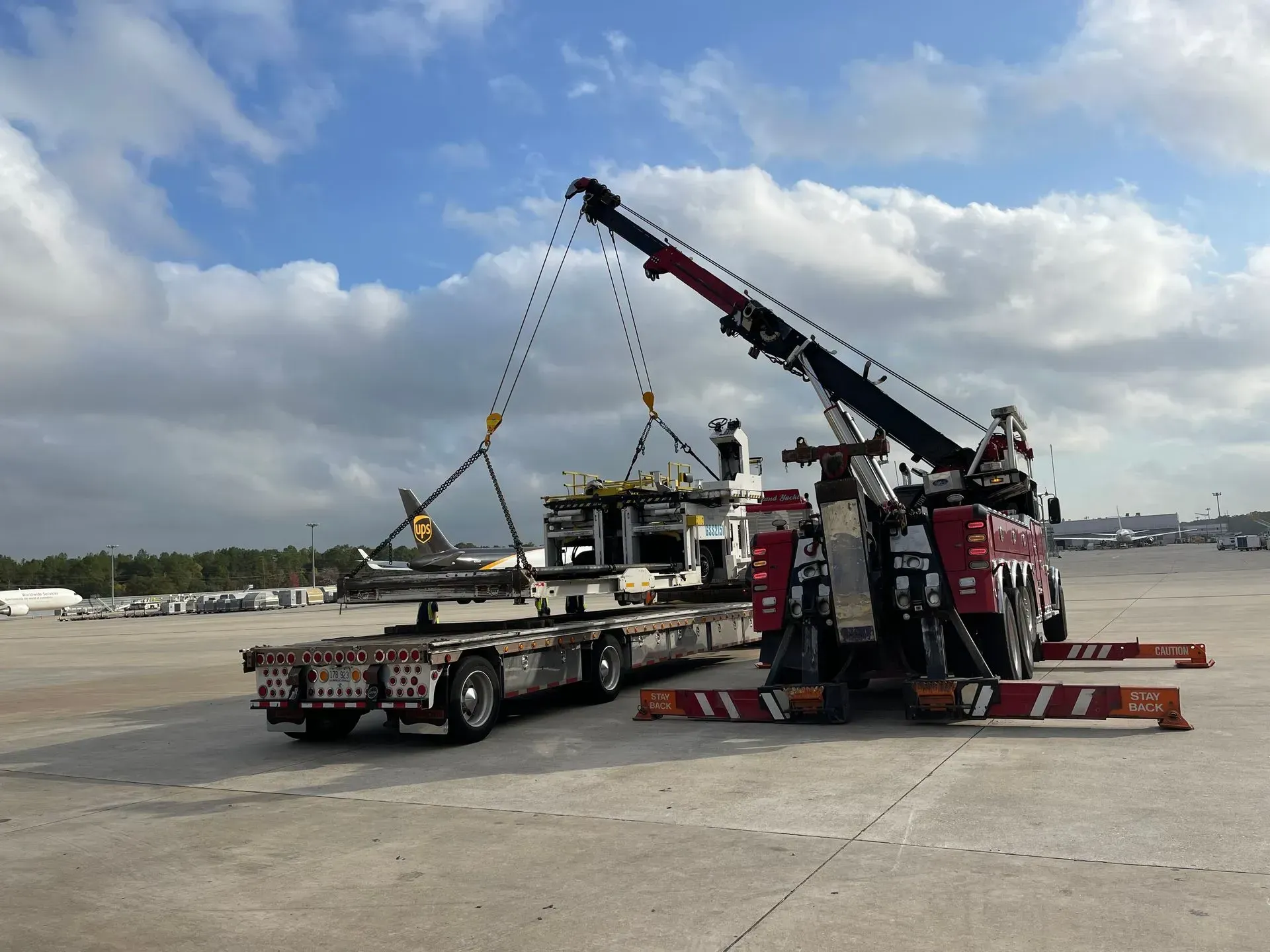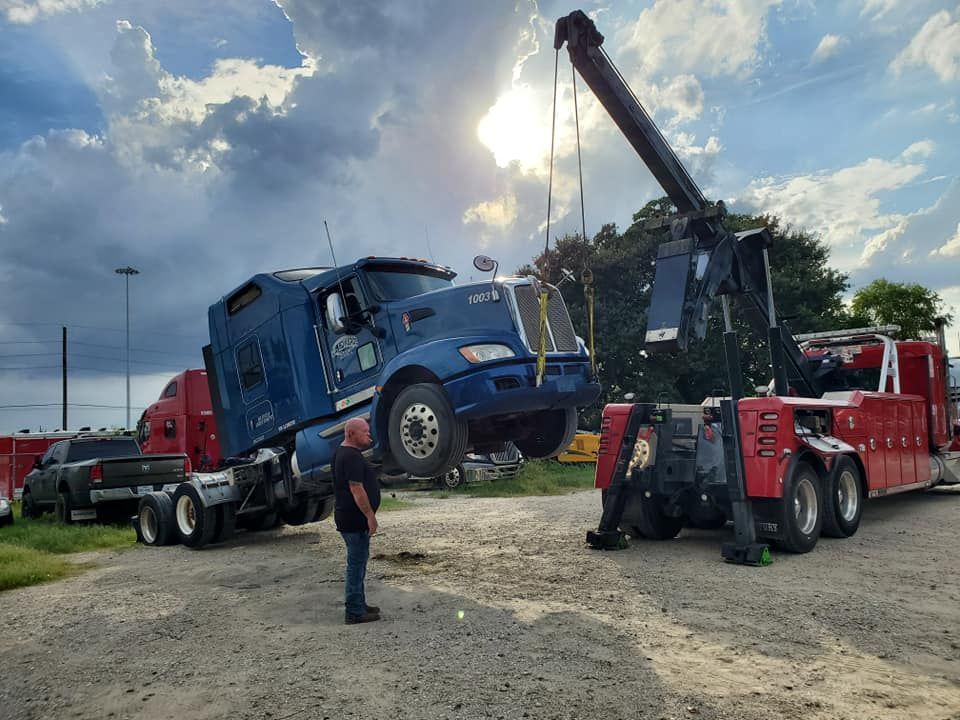The Difference Between Heavy Duty Towing and Recovery—What You Need to Know
When a commercial vehicle breaks down or crashes, it’s easy to lump towing and recovery into the same category. While both services involve moving large or disabled vehicles, heavy duty towing and recovery are two distinct services with unique purposes, equipment, and execution. Knowing the difference between the two can help fleet managers, truck drivers, and logistics companies make better decisions in roadside emergencies.
What Is Heavy Duty Towing?
Heavy duty towing is the process of transporting large, heavy vehicles that are not drivable but are otherwise in stable condition. This includes semi-trucks, buses, RVs, garbage trucks, and other oversized commercial vehicles. Typically, these tows are planned and executed using specialized equipment such as flatbed trailers, wheel-lift systems, or integrated tow trucks.
The goal of towing is straightforward: relocate the disabled vehicle to a repair facility or safe location. Heavy duty towing usually does not involve vehicles that are stuck off-road, overturned, or severely damaged—it’s about transportation, not extraction.
What Is Vehicle Recovery?
Recovery, on the other hand, refers to the process of retrieving vehicles that are in complex or dangerous situations. These may include rollovers, vehicles that have slid into ditches, jackknifed trucks, or wrecks blocking highways. Recovery often requires winching, rigging, cranes, and careful planning to safely reposition and stabilize the vehicle before it can be towed.
Heavy duty recovery is a far more technical and strategic service than towing. It requires trained professionals who understand load distribution, physics, and safety protocols to avoid further damage or injury. Recovery is about problem-solving under pressure, often in high-traffic or hazardous environments.
Equipment Differences Between Towing and Recovery
Heavy duty towing trucks typically use equipment like wheel lifts, boom lifts, or underlifts designed to safely lift and haul massive vehicles. These trucks are powerful and built for safe transportation, especially for long distances.
Recovery vehicles, in contrast, are equipped with hydraulic winches, rotators, air cushion recovery systems, and stabilizing gear to handle overturned or submerged vehicles. These tools are essential when a vehicle needs to be carefully lifted or pulled out of a tough spot without causing further structural damage.
When Do You Need Each Service?
You’ll need heavy duty towing when a vehicle breaks down due to mechanical failure, engine issues, or flat tires—situations where the vehicle remains upright and stable. It's best used when you need a safe and efficient way to transport the vehicle to a repair shop.
Recovery is needed in more extreme cases—accidents, weather-related incidents, off-road misplacements, or blocked roadways. Recovery teams are trained for crisis response, working under pressure to manage dangerous or difficult situations.
Rely on Experts for the Best Service
When it comes to large vehicles, the wrong type of assistance can lead to further delays, damage, or costly mistakes. That’s why it’s crucial to call a professional with both the knowledge and the right equipment to assess and handle the situation correctly.
Redline Wrecker Service
has been serving Cypress, TX, with
expert heavy duty towing and recovery services for over 10
years. Whether your semi needs a tow or your rig is stuck in a ditch, our trained technicians are ready 24/7 to get you back on track. Call us today for fast, reliable support you can count on.




